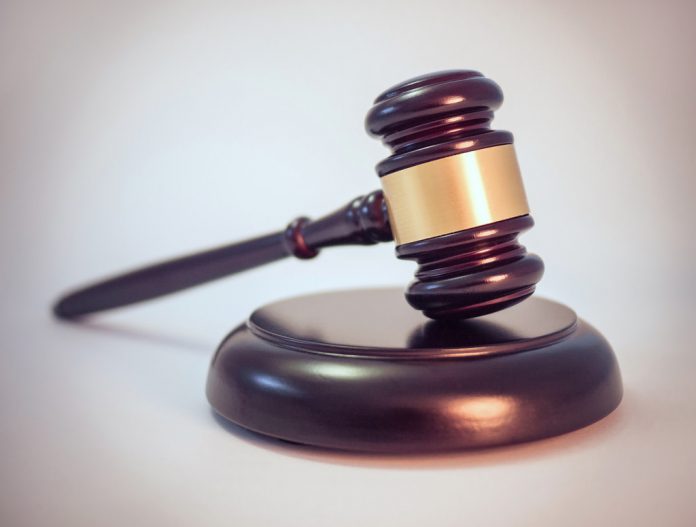Microsoft has given its opinion on Yesterday's U.S. Court of Appeals for the Federal Circuit. The decision “strengthened” software patent eligibility in Section 101 of the Patent Act. For some time, lawmakers in the federal courts have been locked in a debate. There has been an unclear method for the way in which software innovations should be protected under U.S. law.
In the case McRO v. Bandai Namco Games, the courts reached a pivotal point. Specifically the court offers a guideline for showing how innovations can be protected by U.S. law. Microsoft points out that the decision gives more stability to the patent system.
Erich Andersen, vice president and deputy general counsel of Microsoft's IP (Intellectual Property) Group says three important guidelines were created.
Guidelines
“First the court made clear that patent claims need to be considered as a whole, offering “We have previously cautioned that courts ‘must be careful to avoid oversimplifying the claims' by looking at them generally and failing to account for the specific requirements of the claims.”
Second, the court emphasized that claims may be patent eligible if they represent a technological improvement. Per the opinion, “we therefore look to whether the claims in these patents focus on a specific means or method that improves the relevant technology or are instead directed to a result or effect that itself is the abstract idea …”
Third, the court made clear that data processing claims may be eligible even if they produce information rather than a physical product or result. In other words, today's decision confirmed that there is no requirement of “tangibility.” As stated by the court, “While the result may not be tangible, there is nothing that requires a method “be tied to a machine or transform an article” to be patentable…. The concern underlying the exceptions to § 101 is not tangibility, but preemption.”
Microsoft points out that the eligibility it only one part of protecting patents. Lower court rulings will play a role in how the validity of this decision is upheld. However, the company says the ruling gives a level of security of the industry.






